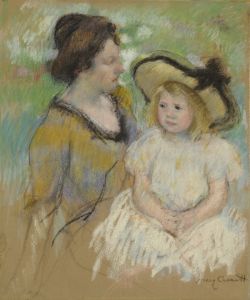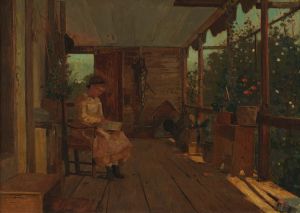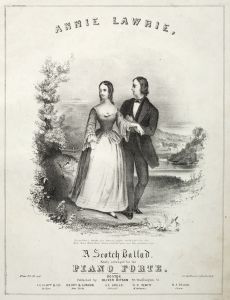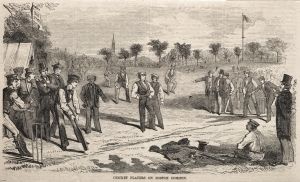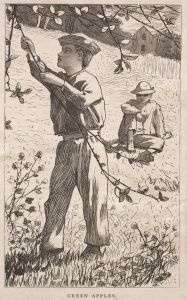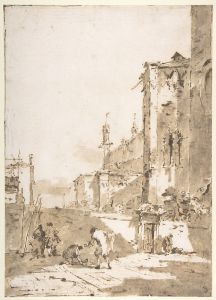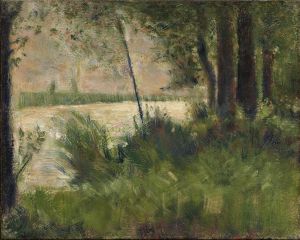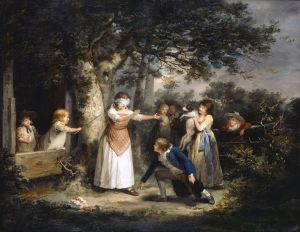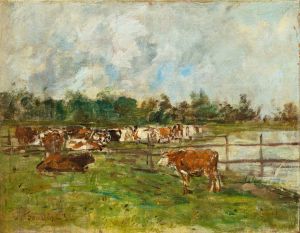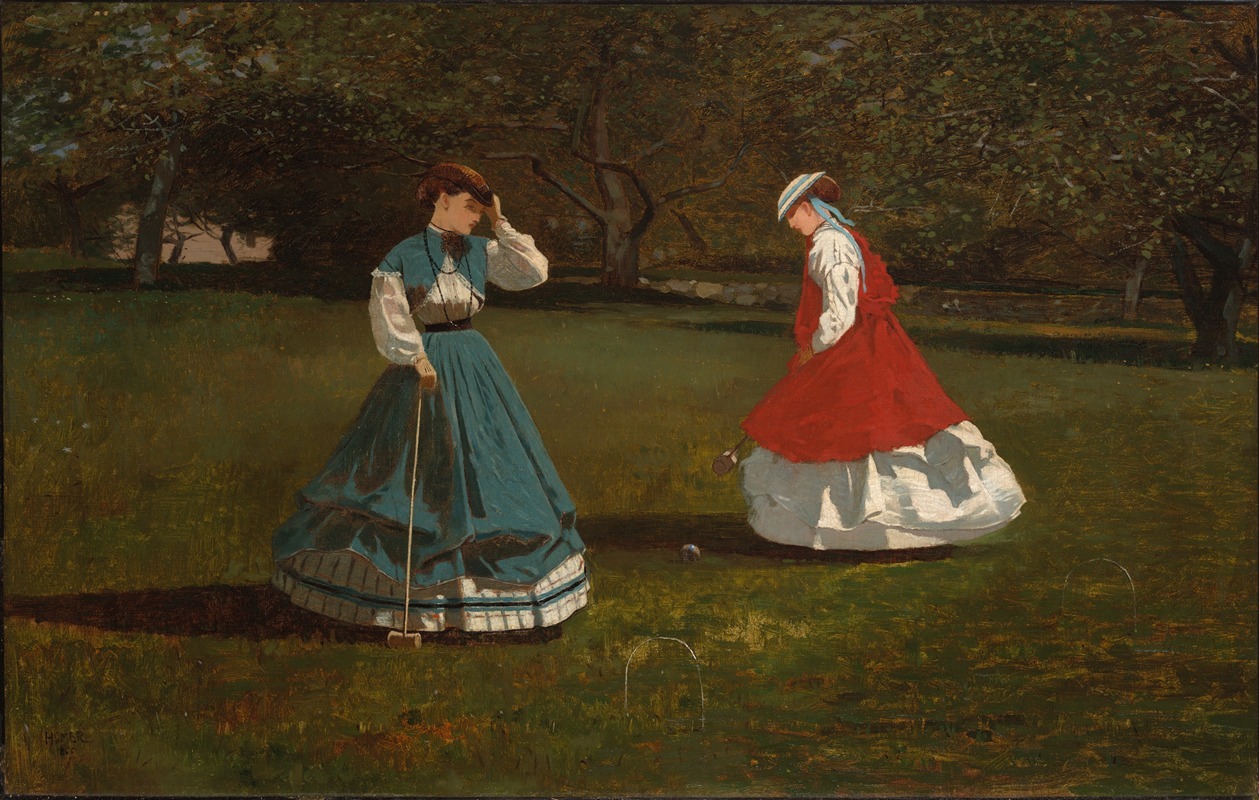
A Game of Croquet
A hand-painted replica of Winslow Homer’s masterpiece A Game of Croquet, meticulously crafted by professional artists to capture the true essence of the original. Each piece is created with museum-quality canvas and rare mineral pigments, carefully painted by experienced artists with delicate brushstrokes and rich, layered colors to perfectly recreate the texture of the original artwork. Unlike machine-printed reproductions, this hand-painted version brings the painting to life, infused with the artist’s emotions and skill in every stroke. Whether for personal collection or home decoration, it instantly elevates the artistic atmosphere of any space.
Winslow Homer, an American artist renowned for his landscape paintings and depictions of American life, created the painting "A Game of Croquet" in 1866. This artwork is a significant example of Homer's early work, capturing the leisurely activities and social dynamics of the post-Civil War era in the United States.
"A Game of Croquet" reflects the growing popularity of croquet as a pastime during the mid-19th century. The game, which originated in Europe, became a fashionable outdoor activity in America, particularly among the middle and upper classes. It was seen as a genteel sport that allowed for social interaction between men and women, which was a relatively novel concept at the time. Homer's painting captures this social aspect, portraying a group of elegantly dressed men and women engaged in a game of croquet on a sunny day.
The composition of the painting is notable for its use of light and color, which are characteristic of Homer's style. The bright, natural light suggests a warm, pleasant day, and the artist's use of vibrant colors brings the scene to life. The figures are depicted with a sense of realism and attention to detail, showcasing Homer's skill in rendering human forms and expressions. The setting is likely a well-manicured lawn, typical of the suburban or rural estates where such games would have taken place.
Homer's work during this period often focused on themes of leisure and the changing social norms of the time. "A Game of Croquet" is no exception, as it subtly comments on the evolving roles of women in society. The inclusion of women actively participating in the game alongside men reflects the increasing visibility and involvement of women in public life during the 19th century. This painting, like many of Homer's works, provides insight into the cultural and social shifts occurring in America during this era.
In addition to its thematic significance, "A Game of Croquet" is also important in understanding Homer's artistic development. During the 1860s, Homer was transitioning from his earlier work as an illustrator to becoming a full-time painter. This painting, along with others from the same period, marks his exploration of new subjects and techniques that would later define his career.
Today, "A Game of Croquet" is appreciated not only for its aesthetic qualities but also for its historical context. It offers a glimpse into the leisurely pursuits of 19th-century Americans and reflects broader societal changes. As with many of Homer's works, it remains a valuable piece for both art historians and enthusiasts interested in the intersection of art and social history.






